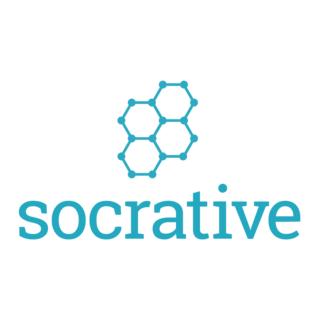Formative assessment tools can be a part of every teacher's toolbox. They needn't be complicated or time-consuming. There are, however, a few things that are crucial to their effectiveness, for instance creating simple, clear and precise aspects in each rubric and explain it clearly to all the students so they all know how to pass the subject and what are the most important key points in the assessment process.
Having said that, I would definitely defend the importance of assessing the competences in different ways: rubrics, orientation bases lists, portfolio, blog,...the idea is to collect as many evidences as possible based on the learning process at the end.
Nevertheless, there are some aspects that couldn't be left behind, such as the diversity and heterogeneity inside the class, so probably we must have different levels of assessment according to our students needs.
Some interesting links about formative assessment:
http://xtec.gencat.cat/ca/curriculum/xarxacb
http://rubistar.4teachers.org/index.php
https://sites.google.com/site/rubriquesgurb/
Source: https://dpi.wi.gov/strategic-assessment/cycles-assessment/formative





:max_bytes(150000):strip_icc()/175275675-56a6ab5f5f9b58b7d0e431f1-5bd378cbc9e77c0051e24d1e.jpg)

